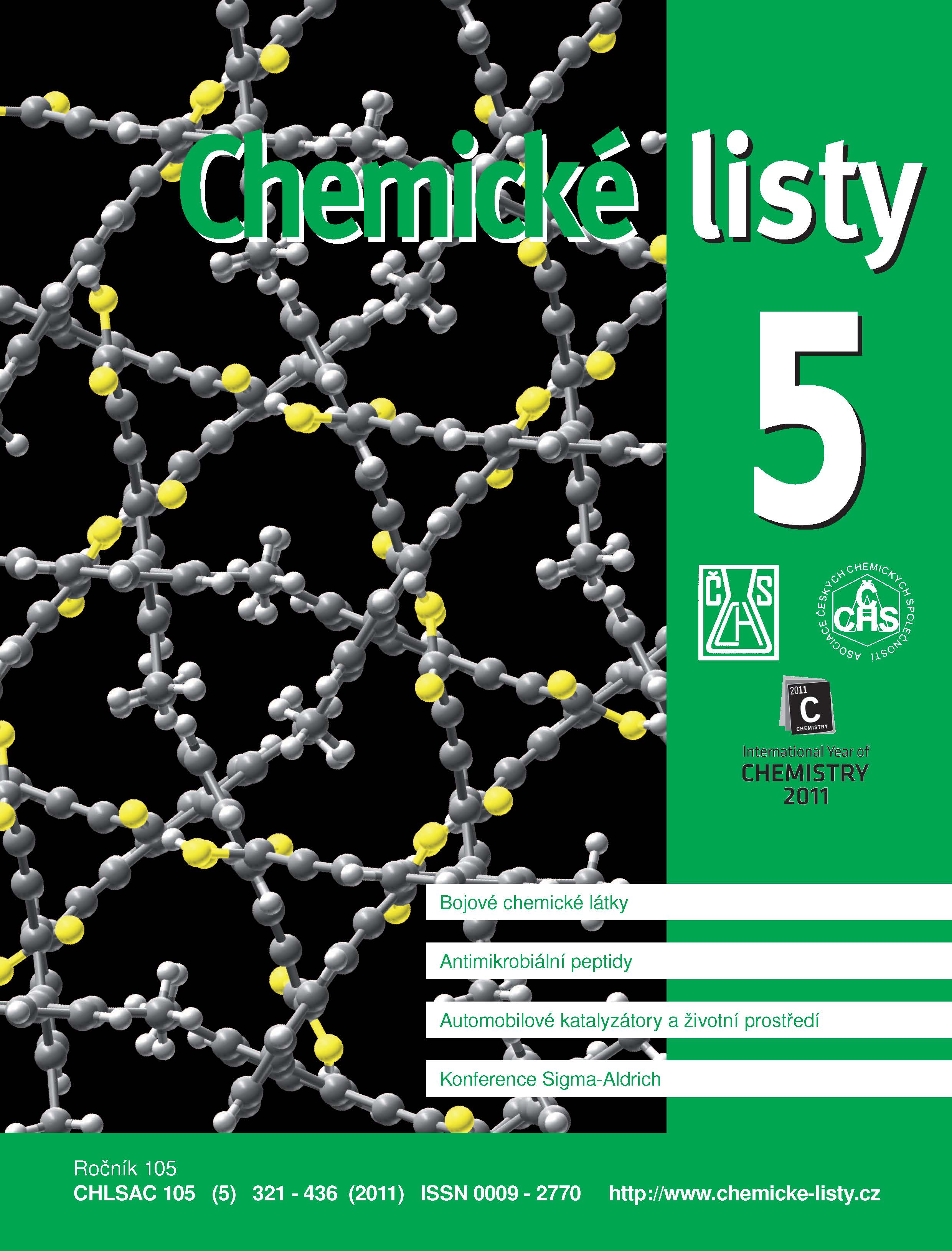Antimikrobiální peptidy: vztah mezi jejich strukturou a antibakteriální aktivitou
Klíčová slova:
antimikrobiální aktivita, antimikrobiální peptidy, mechanismus účinku, struktura, mikrobiální rezistenceAbstrakt
Antimicrobial peptides (AMPs) are an important component of natural defence of most living organisms against invading pathogens. AMPs are mostly cationic and amphipathic peptides (mol. weight <10 kDa) of variable length, amino acid sequence and structure. In the past two decades several AMPs have been isolated from a wide variety of animals, both vertebrates and invertebrates, and plants as well as from bacteria and fungi. The peptides exhibit a broad-spectrum antimicrobial activity against a wide range of microorganisms including Gram-positive and Gram-negative bacteria, protozoa, yeasts, fungi and viruses. A few peptides are also cytotoxic to sperm and tumour cells. AMPs are classified by three-dimensional NMR structure analysis. To date, a number of AMPs have been chemically characterized. Structure-activity studies reveal two main requirements for antimicrobial activity - a positive charge and an induced amphipathic conformation. AMPs are excellent candidates for novel antimicrobial agents; a few peptides have undergone clinical trials.





